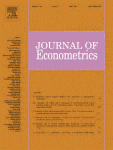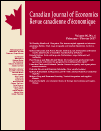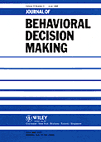 An article by Professor Zhao and his coauthor Ayse Imrohoroglu (USC Marshall) has been posted on VoxChina.org, an independent, non-partisan and nonprofit platform recently initiated by Princeton together with a group of scholars from other institutions including UPenn and CUHK (Shenzhen).
An article by Professor Zhao and his coauthor Ayse Imrohoroglu (USC Marshall) has been posted on VoxChina.org, an independent, non-partisan and nonprofit platform recently initiated by Princeton together with a group of scholars from other institutions including UPenn and CUHK (Shenzhen).
In this article, they discuss their research on the determinants of the Chinese saving rates. They focus on the paper “The Chinese Saving Rate: Long-Term Care Risks, Family Insurance, and Demographics”, in which they find that the combination of the risks faced by the elderly and the deterioration of family insurance due to the one-child policy is an important cause of the increase in China’s saving rate since 1980. This paper is the first major paper growing out of their research agenda on the Chinese economy and its implications for the rest of the world.
Professor Zhao’s article can be found at: http://www.voxchina.org/show-3-43.html




 The
The